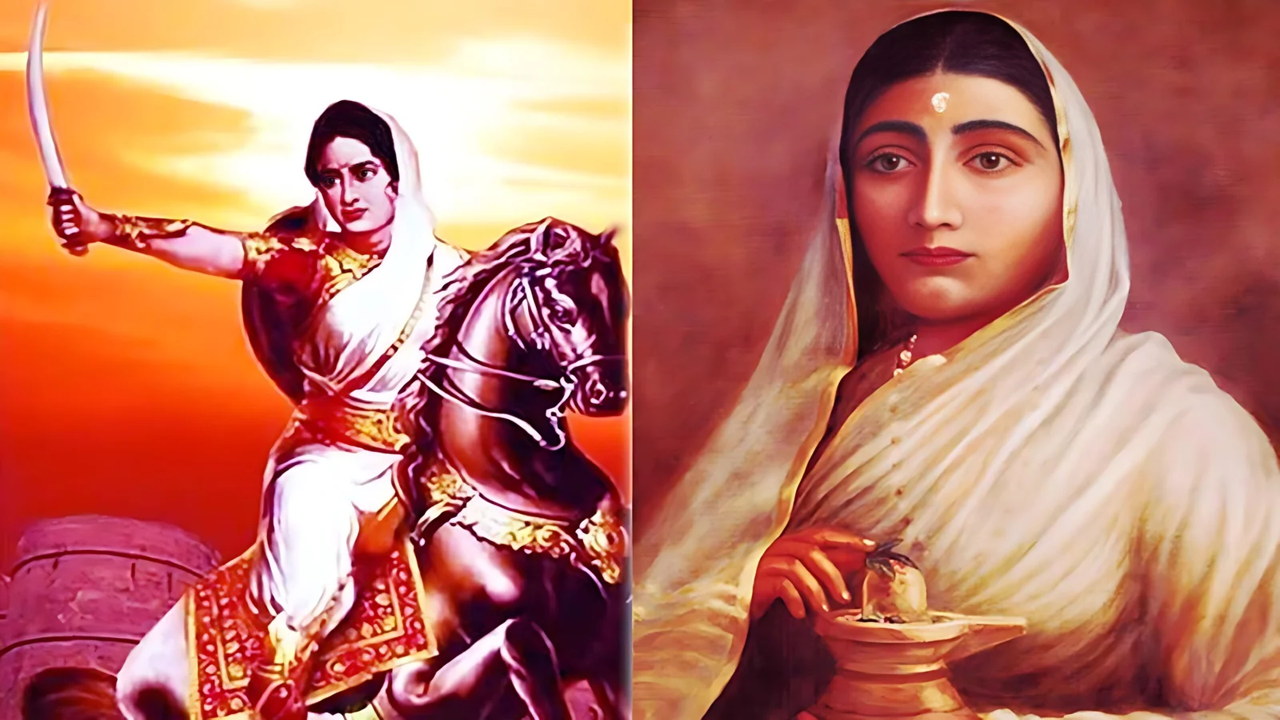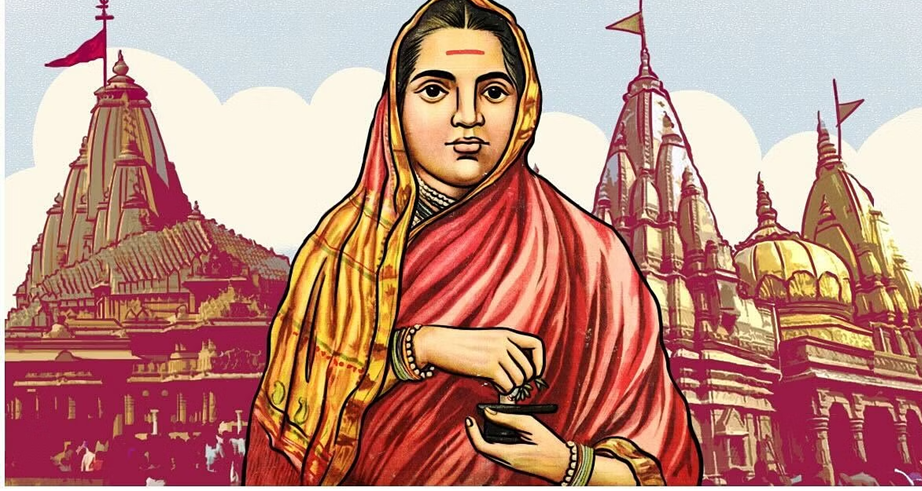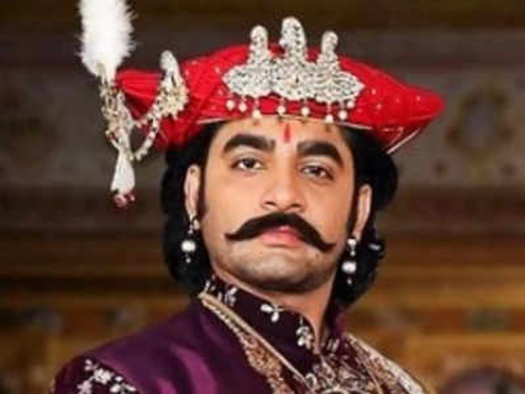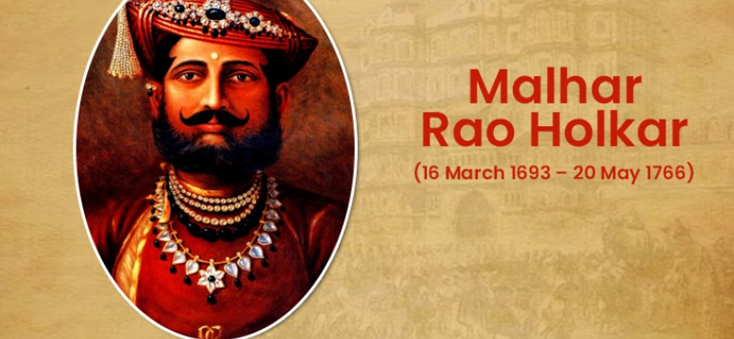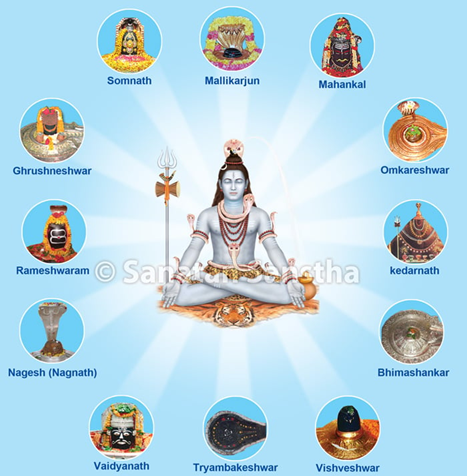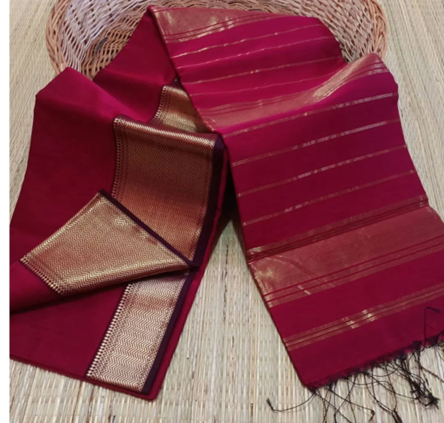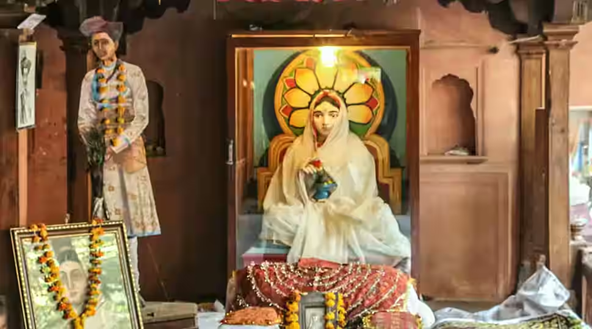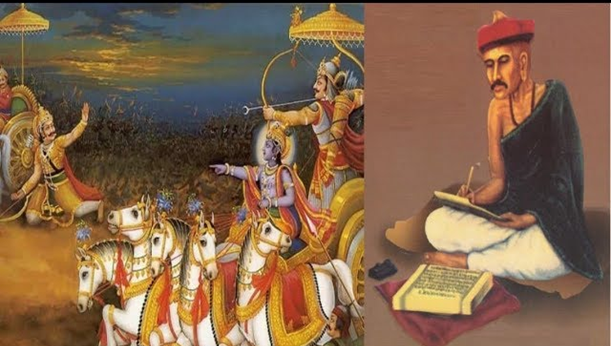Today, we celebrate the 300th birth anniversary of the Maratha queen Ahilya Bai Holkar — a great administrator and visionary with a spiritual inclination. When we talk about women’s empowerment, we often overlook figures from our own history, the brave daughters who contributed towards building the India. The historical glorification of men and their deeds hides the stories of countless women who served their nation.
Ahilya Bai Holkar Jayanti 2024
Why In News
- Today, we celebrate the 300th birth anniversary of the Maratha queen Ahilya Bai Holkar — a great administrator and visionary with a spiritual inclination. When we talk about women’s empowerment, we often overlook figures from our own history, the brave daughters who contributed towards building the India. The historical glorification of men and their deeds hides the stories of countless women who served their nation.
Ahilyabai Holkar
- Born in 1725 to a shepherd (Dhangar/Gadariya) family in what is today Maharashtra’s Ahmednagar district, Ahilya Bai strove to be recognised not just as the wife of Khande Rao Holkar but also as a leader in her own capacity, who helped preserve and encourage India’s spiritual integrity and displayed administrative ingenuity and political impartiality.
- Breaking the shackles of patriarchy, she took over the role of monarch after her husband’s death. Her exceptional leadership skills were evident in the 30 years of peace and financial stability that her kingdom experienced under her reign.
- Ahilya Bai was not unaware of the fact that her identity as a woman — and a widow — deemed her unfit for certain administrative and political tasks, given the time’s social and cultural context.
- For the sake of her state and subjects’ welfare, she appointed Tukoji Holkar — a trusted soldier who had served under her father-in-law Malhar Rao Holkar — as the commander of her army.
- In all her dealings with her subjects, Ahilya Bai was guided by her innate generosity and principles. Even though historians write of her “tolerance” of people of different faiths and beliefs, in my opinion, Ahilya Bai truly celebrated all her subjects.
- Ahilya Bai is believed to be the great ruler that she was due to her undying faith in Hinduism. She regularly attended Purana recitals and yagnas, believing that the spiritually charged environment would help her stand firm on her principles.
- It was her immersion in the philosophy of Hinduism that eventually led to a monumental change in the architectural expression of the faith. Ahilya Bai resurrected the jyotirlingas across the country as a tribute to Lord Shiva. Renovations in Somnath, Varanasi, Trambak, Gaya, Pushkar, Vrindavan, Nathdwara, Haridwar, Badrinath, Kedarnath and many other sacred sites were undertaken during her reign.
- To defend against attacks and iconoclasm, she came up with the idea of installing the idols in secret shrines under the temples, providing an additional layer of security.
- Ahilya Bai’s tireless attempts to resurrect these temples were, on the one hand, an act of defiance against Mughal autocracy and, on the other, bound her subjects together with the thread of civilisational ethos, irrespective of their social-religious identity.
- The beautiful Maheshwari saris that we wear today are also part of the queen’s legacy. She not only promoted the traditional weave but also paved the way for skilling women, thus empowering them. The production of these saris was not only a way to increase the revenue collection of the state, but provided a steady source of income to the weavers.
- Under her encouragement, the production of Maheswari saris gained momentum and popularity. Their production remains alive as a traditional craft of Maharashtra. Ahilya Bai also made efforts to develop the city of Indore, conserve forests and animals, and was responsible for the flourishing trade and commerce in her kingdom.
- If true Ram Rajya was attained by any ruler, it was under Ahilya Bai’s graceful reign where farmers flourished, faiths were restored, and inclusivity found its rightful place. Her efforts in mainstreaming the Bhil and Gond castes are less talked about but remain an important achievement.
- She commanded respect not just from her contemporaries but from later historians and intellectuals too, such as Jadunath Sarkar, Annie Besant and John Keay. It is a travesty that Ahilya Bai Holkar is not nearly as celebrated nationally as she is regionally.
- Her localisation reveals how the rest of the nation conveniently forgets a woman of her stature due to an inbuilt gender bias.
- She welcomed stalwarts such as Marathi poet Moropant, Shahir Ananta Gandhi, and Sanskrit scholar Khushali Ram into her capital.
- John Keay, the British historian, gave the queen the title of ‘The Philosopher Queen’. She had been an acute observer of the wider political scene.
- Ahilya Bai’s rule serves as an example of inclusive policymaking. She worked to develop her state and uplift her subjects on various levels. Her legacy is not only remembered for her administrative acumen but also for paving the way for future generations of the Holkar dynasty towards effective governance that transcends gender norms.
- To bind her legacy only to her contribution to temple renovation would also be unjust. In assessing her impact, it is impossible to overlook her overall governance, which helped bring samajik samrasta (social harmony) in the truest sense and provided a blueprint for what Ram Rajya in today’s era would look like.
